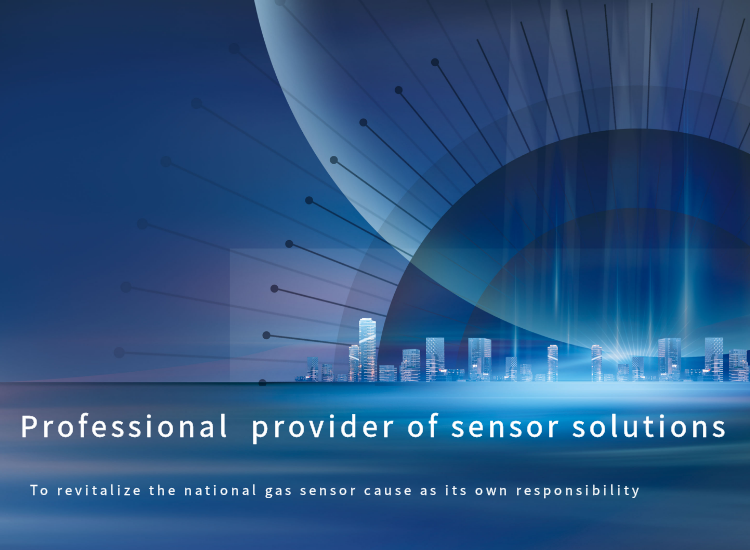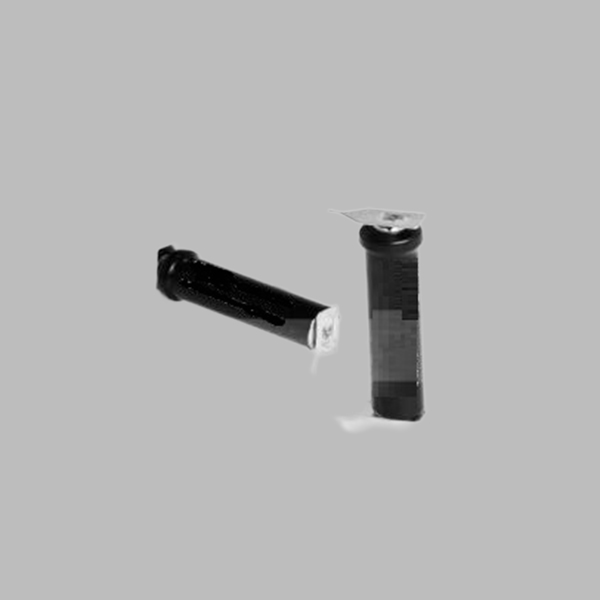

 Products
Products CO Sensor
CO Sensor
Application:
Widely used in commercial, especially civil fields, for carbon monoxide concentration detectionProduct characteristics:
Low power consumption1. Description
MQ2-CO-Ф14×50 carbon monoxide sensor is a fuel cell type sensor. Carbon monoxide and oxygen undergo corresponding redox reactions on the working electrode and the counter electrode and release charges to form current. The generated current is proportional to the carbon monoxide concentration and follows Faraday's law. The carbon monoxide concentration can be determined by measuring the current.
2. Appearance and dimension
3.Technical specifications
| Detection gas | CO |
| Detection range | 0~1000ppm |
| Max detetcion range | 2000ppm |
| Sensitivity | (1~3)nA/ppm |
| Resolution | 1ppm |
| Response time(T90) | <30s |
| Load resistance(recommendation) | 1000 Ω |
| Repeatability | <3% Output value |
| Output linearity Zero drift | Linear |
| Zero drift | ≤10ppm |
Temperature range | -20℃~50℃ |
Humidity range | 15%~90% RH |
| Pressure range | Standard atmospheric pressure ±10% |
| Life | 5 years |
4.Basic circuit
5.Sensor Characterization
5.1Sensor sensitivity and response recovery
5.2Sensor linearity curve
5.3Sensor output at different temperatures
5.4Zero output of the sensor under different temperature conditions
6.Precautions
Leads can be welded during installation, but solder is prohibited from contacting the sensor;
Aging time before use should be no less than 48 hours;
Please do not disassemble the sensor at will;
Sensors should avoid contact with organic solvents (including silicone rubber and other adhesives), coatings, pharmaceuticals, fuel oils and high-concentration gases;
All electrochemical sensors cannot be completely encapsulated with resin materials, nor can they be immersed in an oxygen-free environment for a long time, otherwise the performance of the sensor will be damaged;
All electrochemical sensors cannot be used in an environment containing corrosive gases for a long time, as corrosive gases will damage the sensor;
When measuring the zero point of gas, it must be done in a clean atmosphere;
When testing and applying the sensor, vertical air intake from the front must be avoided;
The air intake hole of the sensor must not be blocked or contaminated;
The sensor must not be subjected to excessive impact or vibration; do not use it if the shell is damaged or deformed;
It is slow to recover to the initial state after long-term use in a high-concentration gas environment;
The working electrode and the counter electrode should be in a short-circuit state when the sensor is stored;
It is prohibited to use hot melt adhesive or curing temperature higher than Sealant-encapsulated sensors above 80°C;
Do not store or use in high-concentration alkaline gases for a long time.
Request Consultation